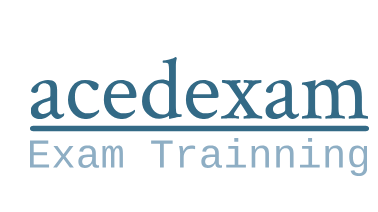Cloud architecture and service models
As an IT auditor, it is important to be aware of the cloud architectural and deployment design changes that have been made and that influence operations within the IT environment being audited. Knowing how cloud services have been enabled and integrated with business operations is key to validating the scope of compliance testing and potential exposure related to risk.
Understanding gaps or weaknesses within the architecture and design of a cloud environment is essential to providing guidance on where there may be breakdowns of the confidentiality, integrity, or availability (CIA) business goals of an organization. Providing a technical understanding of how to identify these gaps and which technical or non-technical solutions exist for mitigation or remediation is one of the goals of this book. The cloud architecture and deployment choices may not have only impacted the technology in use, but may have also impacted which employees may be maintaining a given service on-premise versus within the cloud, and thus impact who would need to be contacted for walk-through interviews, architectural diagrams, and evidence gathering. For example, the employees responsible for managing on-premise network configuration may be different than those who manage the virtual configuration within the cloud environment.
It may have also impacted the legal and regulatory compliance an organization must meet and how those obligations should now be tested. In the previous example, where separate employees are now responsible for maintaining network infrastructure based upon where it is done, understanding this separation of responsibility may also be a factor in effectively assessing the separation of duties (SoD) as well as identity and access control policies throughout the environment. Determining if the business operates within a hybrid (using both on- premise and cloud-based services), single -cloud, or multi-cloud environment has direct implications on the audit program, risks to be assessed, testing steps, and testing evidence that needs to be produced. For companies that have an existing legacy environment and are migrating to the cloud, or may be operating in a hybrid landscape, identifying which service models are in use will help in validating existing controls are still applicable (given the cloud shared responsibility model), and if so, are being tested thoroughly and within the right technologies.
To prepare you to apply best practices in auditing various types of cloud configurations, we will now review cloud architectures, and next, we will look at cloud services. We will close out the chapter with information on how to navigate within the three main cloud providers.


